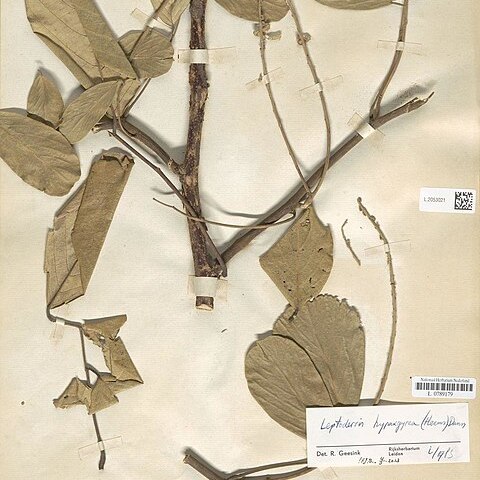Inflorescence a terminal or axillary and terminal contracted racemose panicle, the flowers clustered at nodes or on short spurs (pseudoracemes); bracts and bracteoles present.
Stamens connate into a tube, the upper one free at the base but fused to the claw of the standard, the rest fused to the bases of the other petals; anthers versatile.
Standard oblong-cymbiform; wings adhering slightly to the keel above the claw; keel petals oblong-cucullate, as long as the standard.
Pod flat, indehiscent, papyraceous, winged along the upper margin, 1–2-seeded.
Leaves imparipinnate, stipulate; leaflets opposite, stipellate.
Ovary few-ovulate, stipitate; style filiform, stigma terminal.
Calyx campanulate, shortly denticulate.
Corolla usually persistent in fruit.
Hypanthium present; disk absent.
Lianes.
